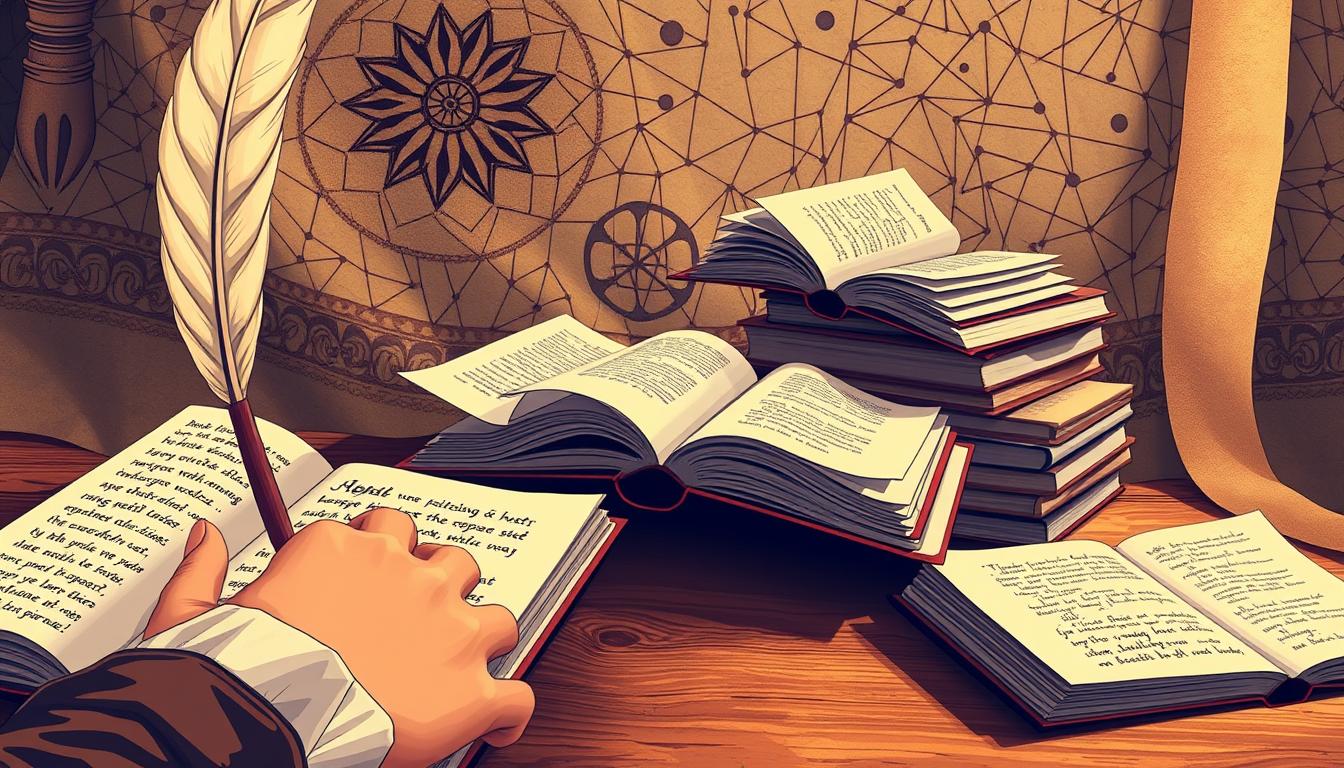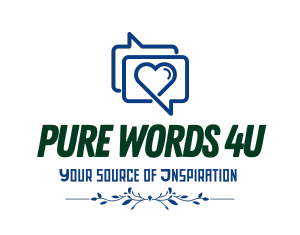What is Repetition in Poetry
Repetition is a powerful tool in the poet’s arsenal, used to convey emotions, emphasize ideas,
and create rhythm. Consider the works of Langston Hughes,
Repetition plays a crucial role in expressing the struggles and hopes of the African American community.
His use of repeated phrases and lines adds depth and resonance to his poetry.
What is repetition in poetry?
The effect of repetition can be mesmerizing, drawing the reader into the poet’s world. It can make a poem more memorable and impactful,
Highlighting key themes and emotions. By understanding repetition, readers can unlock a deeper level of meaning in poetry.
Key Takeaways
- Repetition is a key element in poetry, used for emphasis and effect.
- It can create rhythm and make poems more memorable.
- Poets like Langston Hughes use repetition to convey powerful messages.
- Understanding repetition can enhance the reader’s appreciation of poetry.
- Repetition can be used to evoke emotions and convey themes.
What is Repetition in Poetry: Definition and Purpose
Poets often employ repetition to convey meaning and create a specific emotional response in their readers. This literary device is fundamental in poetry,
Enabling poets to emphasize particular themes, create rhythm, and shape the reader’s interpretation.
The Basic Definition of Poetic Repetition
Repetition in poetry refers to the repeated use of words, phrases, or lines to achieve a particular effect.
This technique can be used to emphasize key themes or emotions, creating a lasting impression on the reader.
By repeating certain elements, poets can also establish a sense of unity and coherence within their work.
The definition of repetition in literature encompasses various forms, including the repetition of sounds, words, and structures.
This broad application enables poets to experiment with multiple techniques, thereby enhancing the overall impact of their poetry.
poetry repetition
The Psychological Impact of Repetition
The psychological impact of repetition in poetry is significant. When readers encounter repeated elements, it can create a sense of familiarity and anticipation.
This can lead to a deeper emotional engagement with the poem, as the repetition makes specific themes or messages more memorable and impactful.
Research has shown that repetition can influence how we perceive and remember information.
In the context of poetry, this means that repeated elements can become more ingrained in the reader’s mind, potentially altering their interpretation of the poem over time.
| Aspect of Repetition | Effect on Reader | Poetic Purpose |
| Emotional Emphasis | Creates emotional resonance | Highlights key themes |
| Rhythmic Effect | Enhances musicality | Contributes to the overall rhythm |
| Thematic Unity | Establishes coherence | Unifies the poem’s message |
By understanding the definition and purpose of repetition in poetry, readers can gain a deeper appreciation for the craft involved in creating poetic works.
The strategic use of repetition is a testament to a poet’s ability to convey complex ideas and emotions through a carefully constructed literary device.
Types of Repetition Techniques in Poetry
From sound-based repetition to structural patterns, poets utilize a range of techniques to create effect.
Repetition is a fundamental element in poetry, used to convey meaning, create rhythm, and evoke emotions.
Understanding the various types of repetition techniques can enhance the appreciation and interpretation of poetic works.
Sound-Based Repetition
Sound-based repetition involves the repetition of certain sounds within words that are close together, creating a musical or rhythmic effect.
This technique is crucial for the auditory appeal of poetry.
Alliteration and Assonance
Alliteration is the repetition of initial consonant sounds in words that are near each other, such as “sweet silver slippers.
” Assonance involves the repetition of vowel sounds, as seen in “fleet feet sweep by.”
Both alliteration and assonance contribute to the poem’s rhythm and musicality, making it more engaging and memorable.
Consonance and Onomatopoeia
Consonance is similar to alliteration but involves the repetition of consonant sounds within words that are close together, not just at the beginning.
Onomatopoeia refers to words that phonetically imitate, resemble, or suggest the sound that they describe, such as “buzz” or “meow.”
Word and Phrase Repetition
This involves the repetition of specific words or phrases to emphasize certain ideas or create a particular effect.
Anaphora and Epistrophe
Anaphora is the repetition of a word or phrase at the beginning of successive clauses or lines, as seen in Martin Luther King Jr.’s “I Have a Dream” speech.
Epistrophe involves the repetition of a word or phrase at the end of successive clauses or lines.
Refrain and Chorus
A refrain is a repeated line or phrase that occurs at regular intervals in a poem or song, often used in ballads.
A chorus is a repeated section in a song or poem, typically involving more than one line.
Structural Repetition
Structural repetition refers to the repetition of certain structural elements, such as stanza patterns or specific poetic forms.
Villanelle and Sestina Forms
A villanelle is a poem with 19 lines, five tercets followed by a quatrain, with a specific repetition pattern of two lines throughout.
A sestina is a fixed verse form consisting of 39 lines, with a particular pattern of repetition of end words.
Repetitive Stanza Patterns
Some poems follow specific stanza patterns, where the structure of the stanzas is repeated throughout the poem, creating a sense of unity and rhythm.
| Technique | Description | Example |
| Alliteration | Repetition of initial consonant sounds | “Sally sells seashells.” |
| Assonance | Repetition of vowel sounds | “The rain in Spain stays mainly in the plai.n” |
| Anaphora | Repetition at the beginning of successive clauses | “We shall fight on the beaches, we shall fight on the landing grounds” |
poetic repetition techniques
Analyzing Famous Examples of Repetition in Poetry
Through the strategic use of repetition, poets can craft verses that resonate deeply with their audience.
This section will explore how repetition is used in both classic and contemporary poetry to enhance the overall impact of the poems.
Repetition in Classic Poetry
Classic poetry is replete with examples of repetition, where poets used this technique to significant effect. For instance, in Edgar Allan Poe’s “The Raven,”
The repetition of the word “nevermore” drives home the finality of death, leaving a lasting impression on the reader. The haunting refrain echoes through the poem, underscoring the narrator’s despair.
Another classic example is Walt Whitman’s use of repetition in “Song of Myself.
” Whitman repeats phrases and words to create a sense of rhythm and to emphasize his connection to the natural world and humanity.
This repetition serves to unify the poem, creating a sense of continuity and flow.
Repetition in Contemporary Poems
Contemporary poets continue to use repetition to significant effect, adapting the technique to suit modern themes and styles.
For example, in Sylvia Plath’s “Daddy,” repetition is used to convey the intensity of the speaker’s emotions, creating a
powerful and personal narrative.
The repeated phrases become a form of catharsis, releasing the pent-up emotions.
In more recent poetry, repetition is used in innovative ways to explore contemporary issues. For instance, the use of repetition in poems addressing social justice issues can emphasize the urgency and importance of these themes.
By repeating key phrases or words, poets can draw attention to the persistence of these issues.
The significance of repetition in poems, both classic and contemporary, lies in its ability to add depth, emotion, and complexity to the verse.
By analyzing these examples, we can gain a deeper understanding of how repetition contributes to the overall impact of a poem.
Conclusion
Repetition is a powerful tool in poetry, used to create memorable and impactful verses. Through various techniques, including sound-based, word and phrase, and structural repetition, poets add depth, emotion, and complexity to their work.
The importance of repetition in poetry lies in its ability to engage the reader, convey meaning, and create a lasting impression.
By employing poetic devices such as repetition, poets can emphasize specific themes, evoke emotions, and guide the reader’s interpretation.
As seen in classic and contemporary poems, repetition is a versatile and practical device that continues to play a crucial role in the art of poetry.
Its significance extends beyond mere stylistic choice, influencing the way readers experience and understand poetry.
FAQ
What is repetition in poetry?
Repetition in poetry refers to the repeated use of words, phrases, or lines to convey meaning, create emphasis, or establish a rhythmic pattern.
It is a powerful poetic device used to engage the reader and enhance the overall impact of the poem.
Why is repetition necessary in poetry?
Repetition is essential in poetry because it helps to create a musical quality, emphasizes certain words or ideas, and can be used to convey complex emotions or themes.
It adds depth, complexity, and meaning to the poem, making it more engaging and memorable for the reader.
What are some common types of repetition in poetry?
Some common types of repetition in poetry include sound-based repetition (such as alliteration and assonance), word and phrase repetition (like anaphora and epistrophe), and structural repetition (including villanelle and sestina forms).
These techniques help to create a rich and layered texture in the poem.
Can you give examples of repetition in famous poems?
Yes, many famous poems feature repetition. For example, in Edgar Allan Poe’s “The Raven,” the repetition of the word “nevermore” creates a sense of ominous foreboding.
In Sylvia Plath’s “Daddy,” the repetition of certain words and phrases emphasizes the speaker’s intense emotions. These examples illustrate the effective use of repetition in poetry.
How does repetition contribute to the overall effect of a poem?
Repetition contributes to the overall effect of a poem by creating a sense of rhythm, emphasizing specific ideas or emotions, and adding complexity to the poem’s meaning.
It can also be used to build tension, create suspense, or convey a sense of urgency, drawing the reader into the poem’s world.
What is the difference between repetition and refrain in poetry?
While both repetition and refrain involve the repeated use of words or phrases, a refrain is a specific type of repetition that consists of the repetition of a line or phrase at regular intervals, often at the end of a stanza.
Repetition, on the other hand, can occur anywhere in the poem and can take many forms, including repetition of sounds, words, or phrases.
editor's pick
latest video
news via inbox
Nulla turp dis cursus. Integer liberos euismod pretium faucibua







